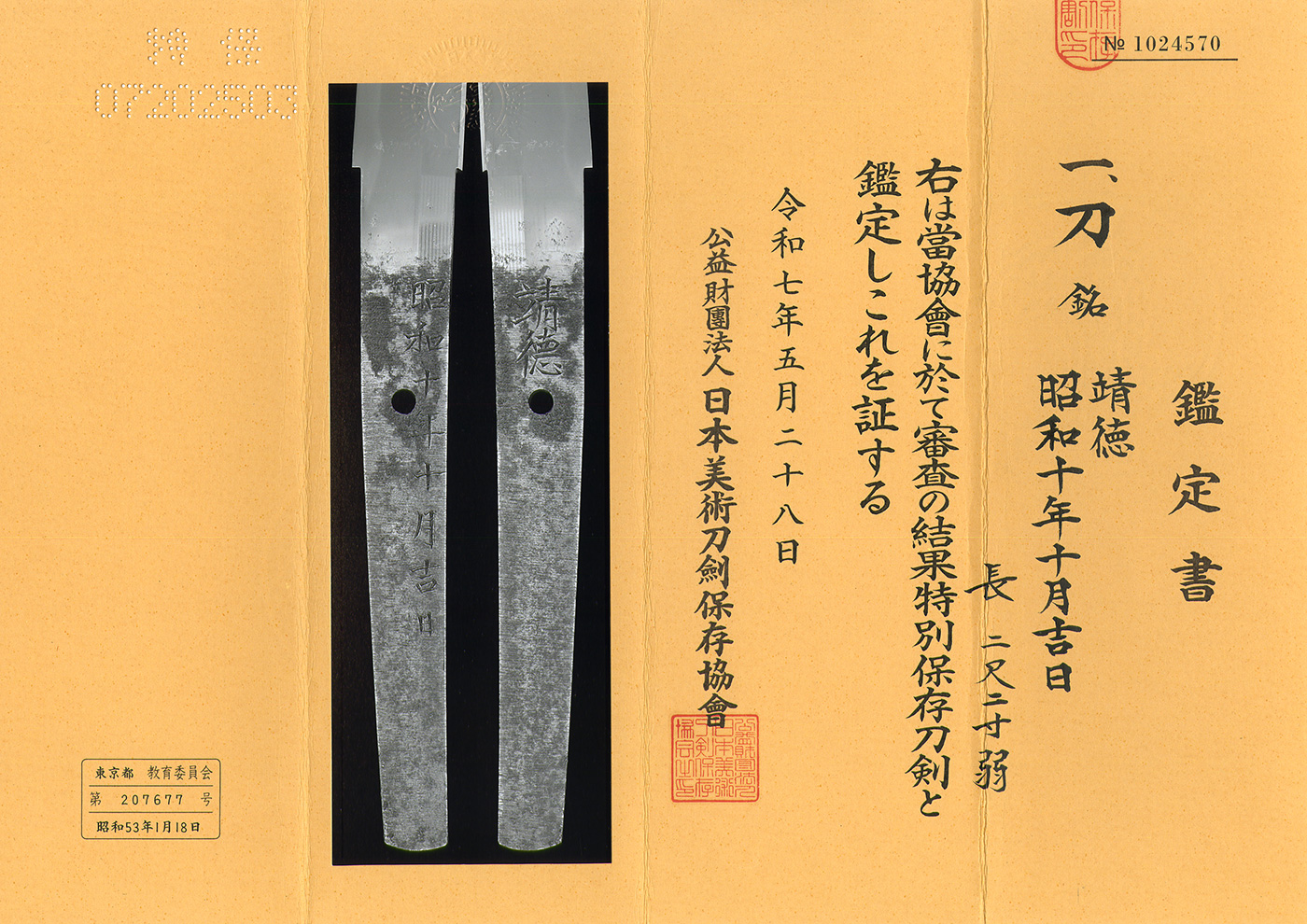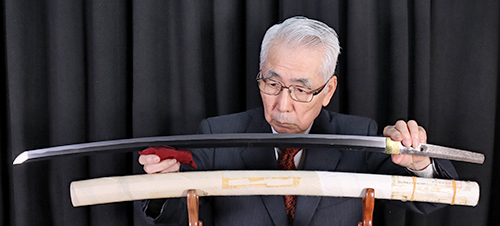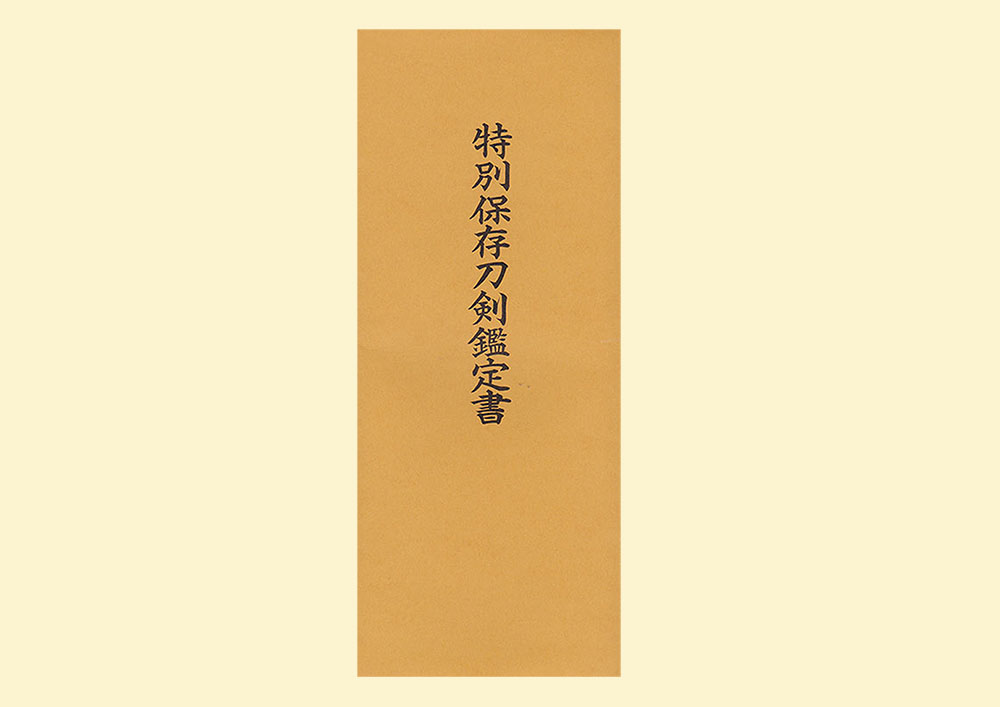Bid History
Auction has expired
Highest bidder was : sturegatan2024
|
sturegatan2024
2025/09/08 (Mon) 12:09 |
¥850,000 |
|
Auction started
2025/09/07 (Sun) 15:10 |
|
※ = Auto

 日本語
日本語






